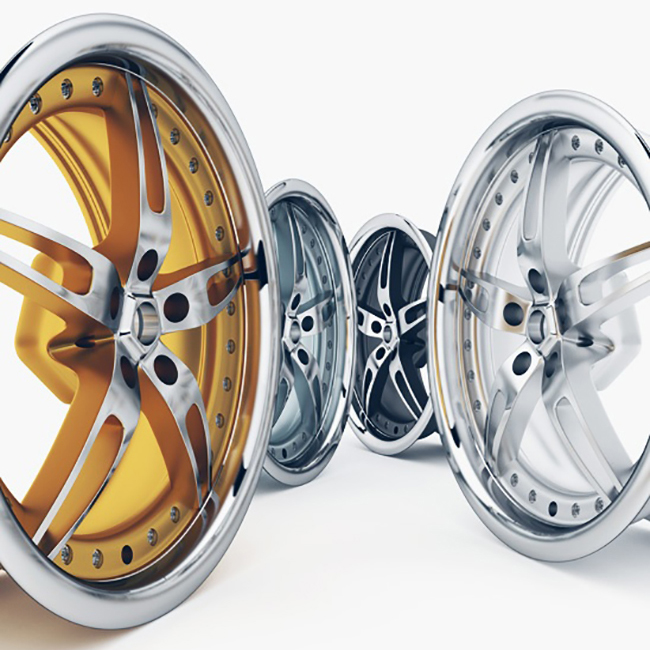Understanding Mechanical Seal Shaft Functionality and Applications in Industrial Systems
Understanding Mechanical Seal Shafts Functionality and Importance
Mechanical seals are critical components in rotating machinery, playing a vital role in preventing leakage between stationary and rotating parts. The shaft, as part of this assembly, is essential for the mechanical seal's effectiveness. In this article, we'll explore the function and importance of mechanical seal shafts, their design considerations, applications, and maintenance tips.
What is a Mechanical Seal?
A mechanical seal is a device that helps to keep fluids contained in machinery, such as pumps and mixers, preventing leakage. Unlike traditional seals, such as gaskets, mechanical seals use a combination of pressure and surface contact to create a tight seal, effectively minimizing the risk of leakage. A mechanical seal typically consists of two main components a rotating part attached to the shaft and a stationary part fixed to the housing. The region where these two parts meet is known as the sealing interface.
The Role of the Shaft in a Mechanical Seal
The shaft is the component that transmits mechanical power to the rotating part of the seal. Its primary function is to provide a stable and effective connection for the mechanical seal assembly. A well-designed shaft is crucial because it directly impacts the performance and longevity of the mechanical seal. The integrity of the shaft determines how well it can withstand the operating conditions and stresses imposed during machinery operation.
Key Design Considerations
1. Material Selection The choice of material for the shaft is essential, particularly in corrosive or high-temperature environments. Common materials include stainless steel for its corrosion resistance and carbon steel for strength. The material must also be compatible with the fluid being contained to prevent chemical reactions.
2. Surface Finish The surface finish of the shaft is critical. A smooth finish reduces friction and wear at the sealing interface and prevents leakage. Surface texturing or coatings may be employed to enhance durability and resistance to abrasive media.
3. Shaft Diameter and Length The dimensions of the shaft must be suitable for the application. An appropriately sized shaft minimizes the risk of vibration and ensures optimal performance.
4. Alignment and Tolerances Proper alignment between the shaft and the sealing components is crucial for effective sealing. Too much misalignment can lead to premature wear or failure of the mechanical seal.
Applications of Mechanical Seal Shafts
mechanical seal shaft

Mechanical seal shafts are utilized in a wide range of applications across various industries, including
- Pump Systems In centrifugal, diaphragm, and gear pumps, mechanical seals help prevent fluid leakage. - Mixers and Agitators Mechanical seals ensure that the contents remain contained, preventing contamination. - Compressors and Blowers They help maintain pressure and prevent loss of fluids or gases.
Given the diverse applications, the design and specifications of mechanical seal shafts can vary significantly.
Maintenance Tips
To ensure optimal performance and longevity of mechanical seal shafts, consider the following maintenance tips
1. Regular Inspections Check the shaft for signs of wear, corrosion, or misalignment regularly. Early detection of issues can prevent costly repairs and shutdowns.
2. Lubrication Ensure that the sealing area is properly lubricated to reduce friction and wear. Follow manufacturer guidelines for lubrication procedures.
3. Monitor Operating Conditions Keep an eye on the temperature and pressure in the system. Operating outside the recommended ranges can lead to premature seal failure.
4. Replacement of Worn Components When parts of the seal or shaft show significant wear, they should be replaced promptly to maintain system integrity.
Conclusion
Mechanical seal shafts are integral to the efficient operation of many rotating equipment systems. Their design and maintenance greatly influence the performance and reliability of mechanical seals. By understanding the role of the shaft, selecting appropriate materials, ensuring proper installation, and adhering to regular maintenance protocols, industries can minimize leaks, enhance equipment longevity, and ensure operational efficiency.
-
Understanding the Front Main Engine Seal: Purpose, Maintenance, and Installation
News Jul.29,2025
-
Understanding O-Rings and Seal Rings: Types, Applications, and Custom Solutions
News Jul.29,2025
-
Understanding Crankshaft Oil Seals: Rear Seals, Pulley Seals, and Their Role in Engine Integrity
News Jul.29,2025
-
The Importance of Front and Rear Crankshaft Seals in Engine Performance and Oil Management
News Jul.29,2025
-
Crank Oil Seals: Functions, Types, and Cost Considerations in Engine Maintenance
News Jul.29,2025
-
A Comprehensive Guide to O-Rings and Seals: Types, Materials, and Global Applications
News Jul.29,2025
-
Mastering Diesel and Performance Engine Maintenance: A Guide to Critical Oil Gaskets
News Jul.28,2025
Products categories















